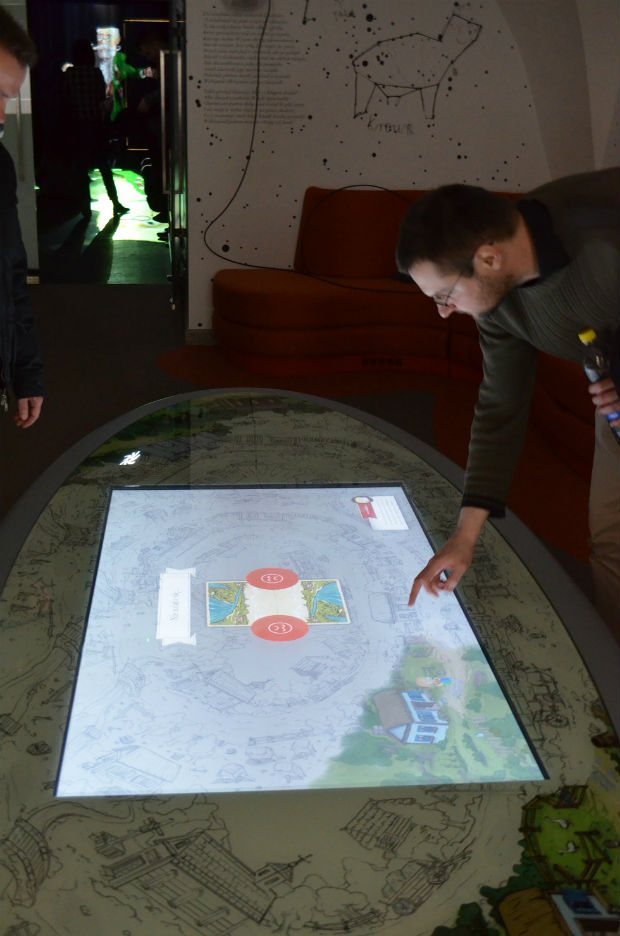Polish museum gets in touch with its visitors
A new museum in Wroclaw, Poland has opened and has been designed with numerous multimedia experiences to showcase Polish history and culture, including several small to large touch screens using flexible and durable ZYFILM and ZYBRID technology from Zytronic.
The company has been selected to provide bespoke design, large format, multi touch sensors by touch screen specialists Videofonika.
The historic 17th century building occupies 1500m2 over 18 rooms and the main attraction of the museum is the Pan Tadeusz manuscript written by Adam Mickiewicz from 1832-34, discussing the struggle for freedom and independence amongst political unrest and uncertainty. The museum is using modern technology to showcase the manuscript and other historical collections to encourage visitors of all ages to experience the cultural legacies of Poland. Immersive technologies provide virtual journeys, cinematic screens and engaging avatars bring the history to life, inspiring educational discussion and debate, and a large 65” touch sensor has been attached to an oval table to provide interactive games.
“Text from the Pan Tadeusz manuscript appears in the museum in many different formats, for example in the form of quotes carefully chosen for individual themes of the display,” says Marcin Hamkało, the Deputy Director of the Ossolineum Collection at the Pan Tadeusz Museum. “At special points it is possible to hear fragments of the work and we have also prepared computerised segments of the text and enlarged versions of the original. Thanks to touch screens we are able to see its entirety up close, turning the pages and enlarging them so that you can even see the fibres of the paper itself.”
He added: “The exhibition is a visual spectacle, which creates the impression of participating in something amazing. After all, it is possible to talk about a literary work in an attractive and modern way, using games and multimedia that attract attention and encourage deeper interaction. The process of acquiring knowledge or facts starts with having fun.”
To showcase the historic collections in a more accessible way, Videofonika were tasked with specifying the touch screen technology for the installation. Jakub Boni, Sales and Marketing Director at Videofonika said: “The museum required interactive screens that would work through thick glass as the large sheets also formed parts of the construction of some of the walls. The glass sheets had already been prepared and designed in the museum, so we needed a flexible solution that could be provided in small quantities of varying sizes to precisely fill the gap in the glass, covering the active LCD area. Zytronic offered us the very high flexibility and exceptional touch performance we needed in this application.”
He continued: “Using specially designed ZYFILM flexible touch sensors from Zytronic, we created 44 touch screens, including two large 65” and 70” multi-touch tables, as well as smaller sizes between 20”-46”. We were able to produce high quality touch screens that conformed to all the different sizes specified by the client and which performed accurately and reliably through thick toughened glass. Some of the glass we applied the touch sensors to were 12mm thick with 4 additional layers of protection film (VSG glass) to meet the EU impact and safety standards for museums.”
Ian Crosby, Sales & Marketing Director at Zytronic said: “Popular museum attractions often operate seven days a week all year round, with a high frequency of visitors. Our patented MPCT multi touch technology in glass or film formats enable up to 40 touches to be detected simultaneously, allowing multiple users to interact with a large display at the same time, making them ideal for engaging touch table installations. Furthermore, our highly flexible manufacturing services allow for small quantities of uniquely designed touch sensors in sizes of up to 85” and beyond.”











